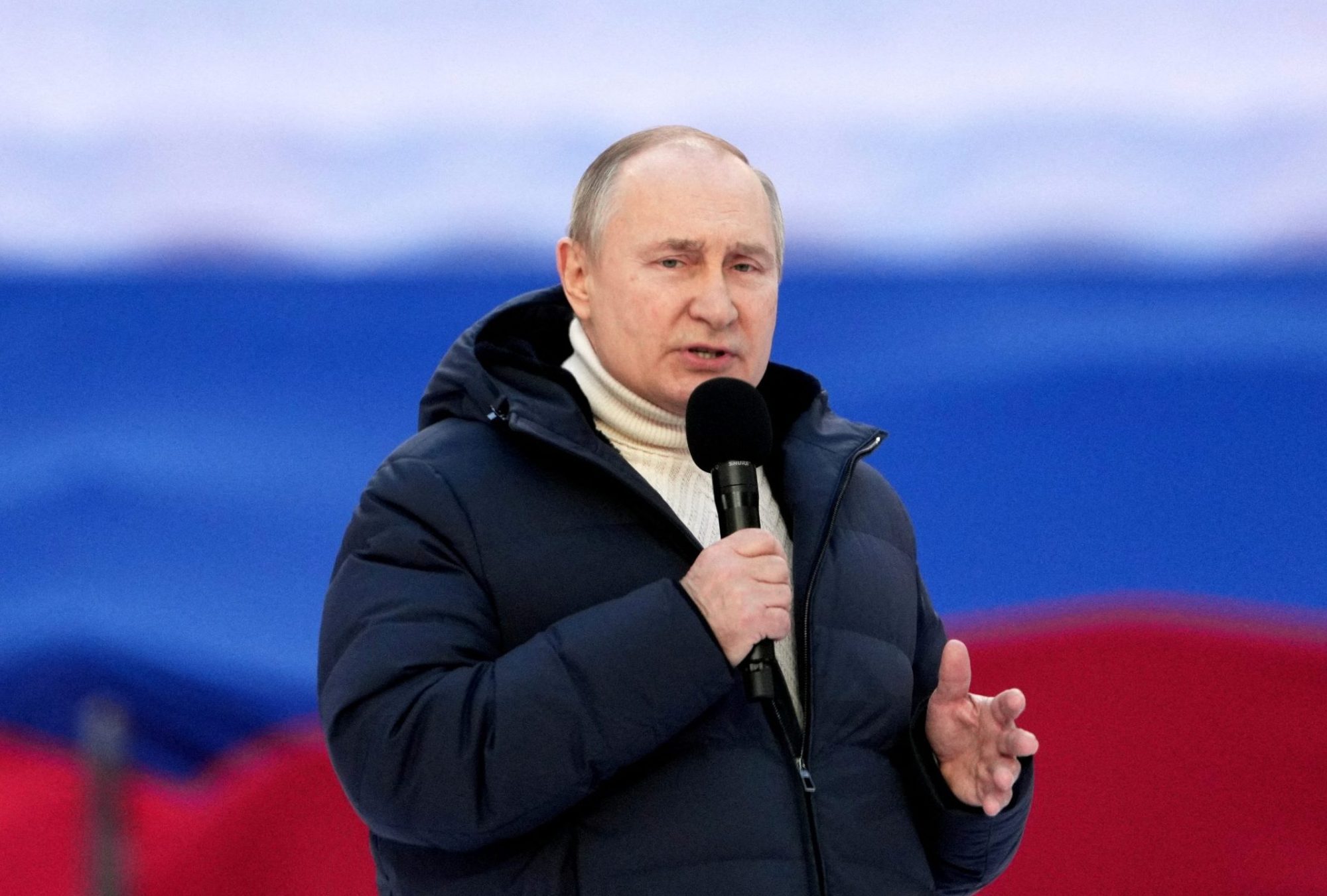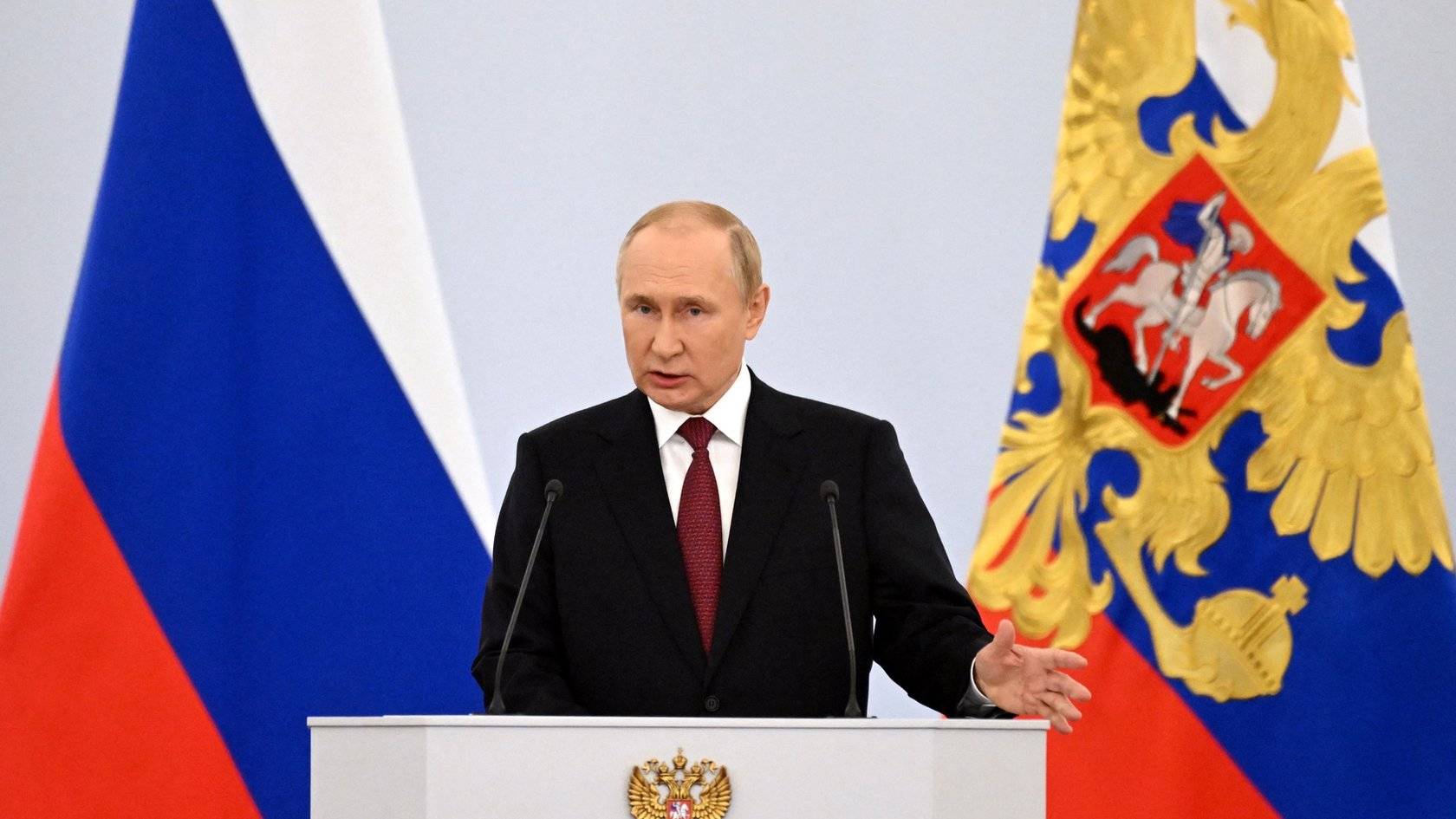Ukraine War: Putin's Moves & Possible End - Latest News & Analysis
Can the ghosts of the Cold War offer any solace to the ongoing conflict in Ukraine, or are we destined to repeat the mistakes of the past? The echoes of history reverberate loudly, as the specter of a "neutral" Ukraine, much like Finland during the Cold War, is once again being debated, a concept fraught with peril and misunderstanding.
The drums of war continue to beat in Eastern Europe, with Russias invasion of Ukraine, now entering its fourth year, casting a long shadow over the continent. The conflict, the largest in Europe since World War II, has become a brutal test of wills, a geopolitical chess match where the stakes are not just territory, but the very future of the international order. While the world watches and waits, the question of how to bring this devastating conflict to an end continues to dominate the global agenda. The search for a lasting peace has led to a renewed interest in historical precedents, particularly the relationship between Finland and the Soviet Union during the Cold War. Some, like former U.S. President Donald Trump, have floated the idea of a "neutral" status for Ukraine, a concept that echoes Finland's precarious position during the Cold War. This would mean Ukraine would not join NATO, addressing one of Putin's stated concerns.
The notion of a neutral Ukraine, akin to Finlands position during the Cold War, has gained traction in certain circles. This approach, however, fails to acknowledge the fundamental differences between the historical context of the Cold War and the current realities of the conflict in Ukraine. The Soviet Union, while ambitious, had limited territorial ambitions in Finland. Its primary focus was on the global competition with the United States and Western Europe. Conversely, todays Russia, under President Vladimir Putin, is fully committed to a more aggressive and expansionist agenda. The invasion of Ukraine is not merely a strategic move; it is an attempt to rewrite history and reshape the geopolitical landscape.
The idea of a Finnish-style neutrality, where Ukraine would be neither in NATO nor overtly aligned with the West, is being proposed. However, the core of this concept is flawed. It fundamentally misunderstands the goals of the current Russian leadership. Moscows objectives extend far beyond the mere establishment of a buffer zone or the securing of its existing interests. The Kremlins actions suggest a deeper goal: to undermine Ukraine's sovereignty, dismantle its democratic institutions, and exert control over the country's future. The current regime in Moscow is not simply seeking to contain Western influence; it seeks to eradicate it.
The support for Ukraine in its war with Russia has raised alarms across Europe. The war's impact on the global economy, the humanitarian crisis, and the potential for further escalation are all concerns that have made the situation critical. The situation's severity is marked by the fact that the war has entered its fourth year.
President of Finland, Alexander Stubb, during a conversation with journalists at the peace summit in Switzerland, stated that China can play a key role in establishing peace in Ukraine, reports yle. The involvement of China underscores the global nature of the conflict and the complexities involved in seeking a resolution.
Trump had previously promised to end the war "within 24 hours," while his special envoy to Ukraine Keith Kellogg set a goal of 100 days last month. These ambitious timelines are often met with skepticism by analysts and experts, who recognize that any lasting peace will require a complex and nuanced approach that addresses the core issues driving the conflict.
The war's impact on the global economy, the humanitarian crisis, and the potential for further escalation are all concerns that have made the situation critical. The conflict has reshaped the global order, with new alliances and rivalries emerging. The potential for escalation remains a significant concern, particularly given the involvement of major powers.
The end of the Cold War presented Finland with an opportunity to reimagine its foreign and domestic policy. Similarly, the current conflict in Ukraine will have lasting effects on the country's future trajectory. Ukraine is now forced to confront issues of national identity, and international relations.
After Russia invaded Ukraine in 2022, Finland abandoned decades of diplomatic neutrality to join NATO, the worlds biggest military alliance. Finland's decision underscores the shifting geopolitical landscape. This is also a testament to the desire to ensure its security and safeguard its sovereignty.
The ongoing war is a complex issue. The search for a lasting peace needs an approach that includes diplomacy, military support, and economic measures to find a solution.
The invasion of Ukraine by Russia and the resulting war is a complex issue with deep historical roots. The conflict is not just a military operation, it is a clash of civilizations, and a struggle for the future of the global order. The outcome of this war will shape the world. This conflict will have far-reaching consequences for decades to come.
Experts see a similar link between the end of the Cold War and the ongoing war in Ukraine. The situation now is complex, with multiple players, conflicting interests, and deep-seated grievances. The outcome of this war will have significant implications for international security and the balance of power in the 21st century.
J oseph stalin's 1939 invasion of finland has been compared to vladimir putin's aggression in ukraine amid questions over whether a deal that followed the winter war could be a blueprint for a future agreement. This historical parallel draws attention to the complexities of the current war and its potential outcomes.
| Feature | Details |
|---|---|
| Geopolitical Conflict | The ongoing war in Ukraine, Europe's largest conflict since World War II, now entering its fourth year. |
| Historical Context | Comparisons to Finland's situation during the Cold War, particularly its "neutral" status. |
| Key Players | Russia (Vladimir Putin), Ukraine, NATO, United States, European Union, China. |
| Proposed Solutions | The idea of a "neutral" Ukraine, mirroring Finland's Cold War stance; discussions about the role of China in peace efforts. |
| Challenges | Differences between the historical context of the Cold War and the current Russian objectives, the potential for escalation. |
| Impact | Global economic repercussions, humanitarian crisis, shifts in international alliances. |
| Historical Comparison | Comparisons to Joseph Stalin's 1939 invasion of Finland, drawing parallels to current events. |
| NATO's role | Finland's decision to join NATO in 2022, abandoning decades of neutrality. |
| Current Status | The conflict is still ongoing, making diplomatic resolutions and peace efforts. |
| Historical Insights | The Cold War provided important insights into the world's political and diplomatic landscape. |
The current conflict demands a nuanced understanding of history, a clear-eyed assessment of the present, and a commitment to finding a path that protects Ukraine's sovereignty and promotes a secure and stable future for Europe. The idea of a "neutral" Ukraine, while seemingly offering a shortcut to peace, risks ignoring the fundamental differences between the Cold War era and the current objectives of Russia. Any lasting resolution must address the root causes of the conflict and ensure that Ukraine's right to self-determination is fully respected. The path to peace is unlikely to be easy. It is a complex task, but one that must be undertaken with determination, foresight, and a willingness to learn from the lessons of history.


